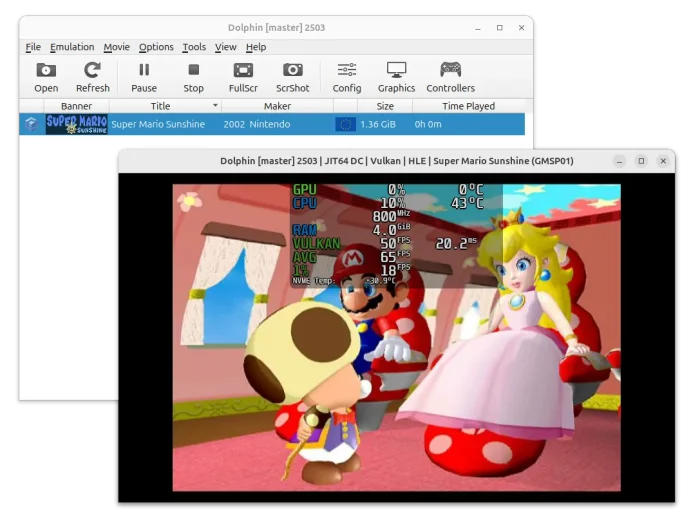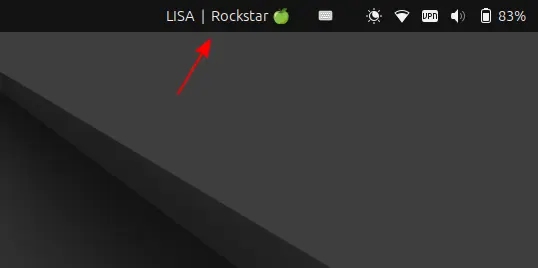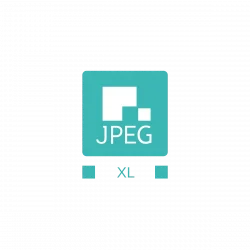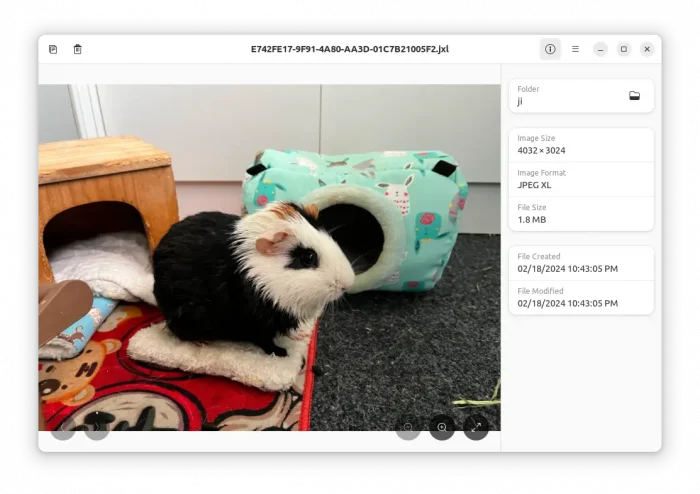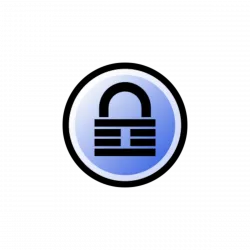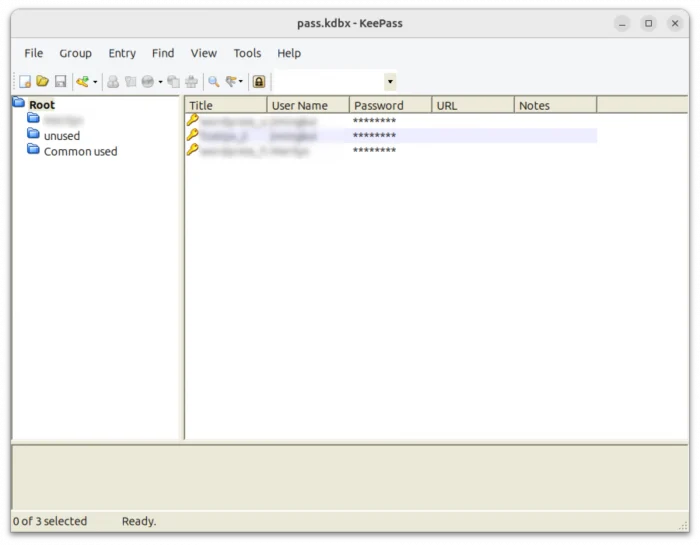Have Ubuntu computer connected with multiple monitors? Here’s how to make the top panel show in all displays!
GNOME, the default desktop in Ubuntu, so far only shows the top-panel in the primary display. There is a multi-monitors-add-on extension, allowing to make it work in all displays. However, it’s no longer in development and supports end at GNOME 3.38.
Thankfully, there’s open-source fork of that extension with GNOME from version 42 to 46 support, meaning for Ubuntu 22.04 and Ubuntu 24.04, Debian 12, Fedora Workstation, RHEL 9 , and other Linux with recent GNOME.






